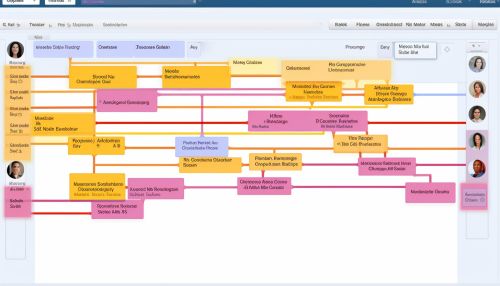Named Entity Recognition (NER)
Introduction
Named Entity Recognition (NER) is a subtask of information extraction that seeks to locate and classify named entities in text into predefined categories such as person names, organizations, locations, medical codes, time expressions, quantities, monetary values, percentages, etc. It is a fundamental aspect of Natural Language Processing (NLP) and plays a crucial role in several applications such as machine translation, question answering systems, and semantic annotation.


History
The concept of Named Entity Recognition emerged during the sixth Message Understanding Conference (MUC-6) in 1995. The conference defined named entities as "information elements that are assigned a proper name". The primary goal of MUC-6 was to evaluate the ability of various NLP systems to extract information from unstructured text.
Types of Named Entities
Named entities can be classified into three main types:
- Enamex: These are named entities that fall under the categories of location and person.
- Timex: These are temporal expressions.
- Numex: These are numeric expressions.
Techniques for Named Entity Recognition
There are several techniques used for NER, ranging from rule-based to learning-based methods.
Rule-Based Methods
Rule-based methods use a set of handcrafted linguistic rules to identify named entities. These rules can be based on grammar, context, and the structure of the entity. For example, a rule might state that any word that is capitalized and not at the beginning of a sentence is a named entity.
Learning-Based Methods
Learning-based methods use machine learning algorithms to identify named entities. These methods can be further divided into supervised, semi-supervised, and unsupervised learning.
Supervised Learning
In supervised learning, the model is trained on a labeled dataset, i.e., a dataset where each instance is associated with a correct output label. Common algorithms used in supervised learning for NER include Support Vector Machines (SVM), Decision Trees, and Neural Networks.
Semi-Supervised Learning
In semi-supervised learning, the model is trained on a combination of labeled and unlabeled data. This approach is often used when there is a large amount of unlabeled data and a small amount of labeled data.
Unsupervised Learning
In unsupervised learning, the model is trained on unlabeled data. The model attempts to identify patterns and structures within the data. Clustering and dimensionality reduction are common techniques used in unsupervised learning for NER.
Challenges in Named Entity Recognition
Despite the advancements in NER, there are still several challenges that need to be addressed. These include:
- Ambiguity: A word can have multiple meanings depending on the context. For example, "Apple" can refer to a fruit or a technology company.
- Variations in entity names: An entity can be referred to in different ways. For example, "USA", "United States", "U.S.", and "America" all refer to the same entity.
- Lack of labeled data: Supervised learning methods require a large amount of labeled data, which can be time-consuming and expensive to produce.
- Language diversity: Different languages have different grammatical structures and naming conventions, which can complicate the task of NER.
Applications of Named Entity Recognition
NER has a wide range of applications in various fields. Some of the key applications include:
- Information Extraction: NER is a crucial step in the process of extracting structured information from unstructured text data.
- Machine Translation: NER helps in improving the accuracy of machine translation by identifying the entities in the text.
- Question Answering Systems: NER helps in understanding the context of the question and in generating the appropriate answer.
- Semantic Annotation: NER helps in annotating the text with semantic information, which can be used for various NLP tasks.
Conclusion
Named Entity Recognition is a crucial component of many NLP tasks. Despite the challenges, advancements in machine learning and computational linguistics have led to significant improvements in NER techniques. As NLP continues to evolve, we can expect to see even more sophisticated and accurate methods for Named Entity Recognition.
